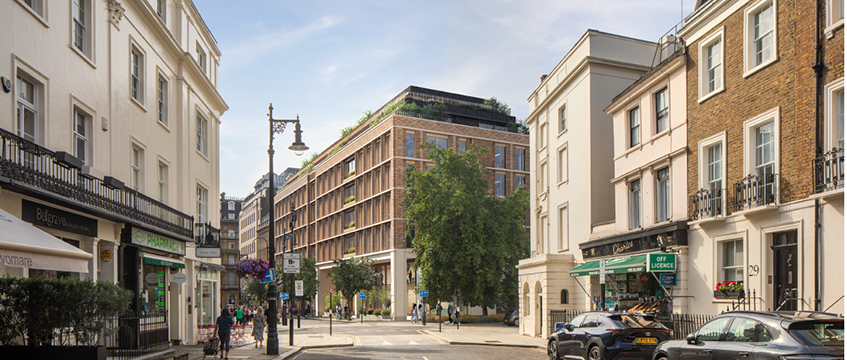Council order modifying map by adding footpath – Landowners objecting – Inspector not confirming order – Council seeking to quash inspector’s decision – Whether inspector erred in finding right to use the way challenged when landowners objected to Department of Environment – Whether sufficient evidence of no intention to dedicate the way as a highway – Highways Act 1980 section 31 – Application dismissed
In April 1975 landowners objected to the Department of Environment, regarding a proposed revision by the British Horse Society to the Dorset County Council Definitive Map and Statements of Rights of Way (the map), showing a bridleway along the line of a footpath. The landowners stated that there “was no evidence of dedication or of user by the public as of right”. In November 1986, the council and the DOE informed the landowners that a review had been abandoned. Accordingly, the claimed route was not shown on the edition of the map that was published in 1989. In March 1995 an application was made for a bridleway along the proposed order route. In August 1995 the landowners made a deposit under section 31(6) of the Highways Act 1980, indicating that no right of way at all existed along the proposed route. In February 1996 the council’s committee decided to make an order, modifying the map by adding a footpath. The Order was made in October 1996 and was objected to by the landowners. A public inquiry was held and by decision letter of 26 January 1998 the inspector decided not to confirm the order. The council sought to quash the inspector’s decision and raised, inter alia, the following two issues: (1) had the inspector erred in finding that the right to use the way had been challenged by the landowners within the meaning of section 31(2) of the 1980 Act, when they made objections to the DOE in 1975; and (2) was their evidence capable of demonstrating that there was no intention to dedicate the way as a highway within the meaning of the proviso to section 31(1) of the Act.
Held: The application was dismissed.
1. The correct test was that in Fairey v Southampton County Council [1956] 2 QB 439. The landowner’s challenge had to be brought home to the users, so that they were given the opportunity to meet it. It was not open to the inspector to rely on the notification of the objection to the DOE and the council. Neither of those bodies had any interest in asserting the existence of the right of way and were not persons who might wish to assert and defend their right to use the way. Whether the 1975 objection brought home the owner’s challenge to the users was a question of fact for the inspector. However, he arrived at a conclusion which no reasonable inspector could have reached.
2. Parliament left it to the tribunal of fact to decide whether the evidence was sufficient to negate the intention to dedicate. The section did not state what constituted “sufficient evidence” and the examples given in sections 31(3) and 31(6) were not exhaustive. The reasoning of Sullivan J in R v Secretary of State for the Environment, ex parte Billson [1998] 3 WLR 1240 applied. What was required by the proviso was some overt act on the part of the owner that sufficiently evidenced his intention not to dedicate. The intention not to dedicate did not have to be brought home to the users, as, in view of section 31(2), there would be no role for the proviso at all. The objection of 1975 was the clearest overt act which evidenced the owners’ intention not to dedicate, and amply satisfied the overt acts’ rule at that time. The inspector’s decision was not Wednesbury unreasonable. The applicant succeeded on the first issue only.
James Findlay (instructed by the solicitor to Dorset County Council) appeared for the applicants; John Hobson (instructed by the Treasury Solicitor) appeared for the respondent.
Sarah Addenbrooke, barrister






